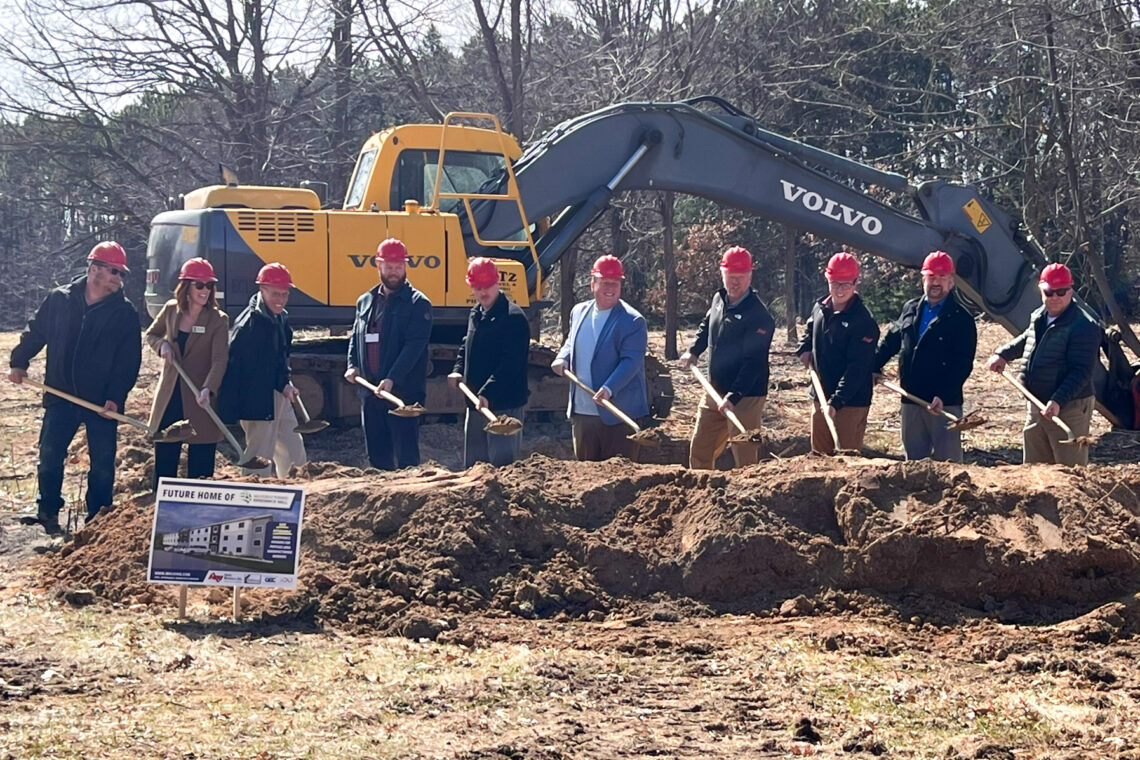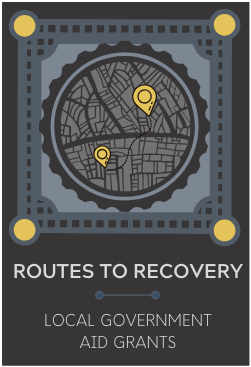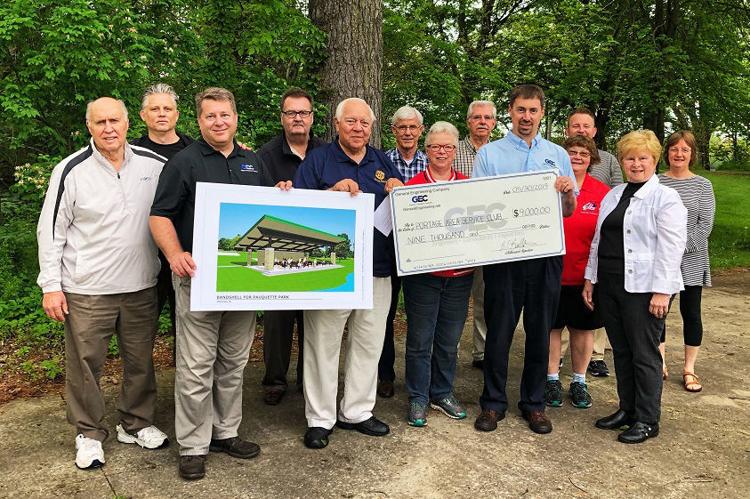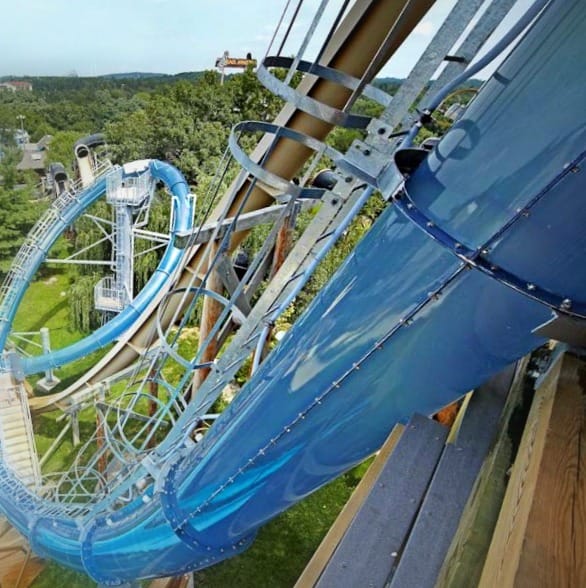General Engineering Company (GEC) participated in the groundbreaking ceremony for the Manufacturing Residence Hall (MRH)-Portage housing project in Portage, WI on Tuesday, March 19. Collaborating with the City of Portage, Manufacturing Resident Hall (MRH), and Holtz Builders, GEC is enthusiastic about its involvement in this Affordable Workforce Housing initiative. While accessible to all, the project primarily aims to address the housing needs of manufacturing employees in the area.
 The project comprises multiple phases. The first phase involves the construction of three 3-story multifamily dormitory-style buildings, providing a total of 81 units. Each unit will accommodate two residents and feature a full bathroom, microwave, and fridge. Additionally, each floor will offer a communal kitchen space. The buildings will be equipped with 24-hour on-site management, ensuring security around the clock.
The project comprises multiple phases. The first phase involves the construction of three 3-story multifamily dormitory-style buildings, providing a total of 81 units. Each unit will accommodate two residents and feature a full bathroom, microwave, and fridge. Additionally, each floor will offer a communal kitchen space. The buildings will be equipped with 24-hour on-site management, ensuring security around the clock.
Future phases will consist of up to two more dormitory buildings along with five traditional-style apartment buildings. Each apartment building will comprise of 16 units, with one- and two-bedroom units.
The MRH-Portage housing project marks the 6th collaboration between GEC, IRH/MRH, and Holtz Builders. Other notable locations where GEC has contributed its services include Dollywood in Pigeon Falls, TN, Silver Dollar City in Branson West, MO, Big Cedar Lodge in Ridgedale, MO, Foley, AL (adjacent to Gulf Shores), and Myrtle Beach, SC.
 The Wisconsin Department of Administration (DOA) created the “Routes to Recovery: Local Government Aid Grants” to provide funding to all Wisconsin local governments for COVID-19 recovery needs. Local governments include every County, City, Village, Town, and federally recognized Tribe. The State allocated a grant amount to every community from which they can draw funds. This is a reimbursement program; therefore, communities must show proof of payment prior to requesting funds from the State.
The Wisconsin Department of Administration (DOA) created the “Routes to Recovery: Local Government Aid Grants” to provide funding to all Wisconsin local governments for COVID-19 recovery needs. Local governments include every County, City, Village, Town, and federally recognized Tribe. The State allocated a grant amount to every community from which they can draw funds. This is a reimbursement program; therefore, communities must show proof of payment prior to requesting funds from the State.
There are three reporting periods during which communities can submit expenses for reimbursement. The first was July 1-15. The next reporting period is September 1-15. The final reporting period is November 7-18. Any eligible expenses incurred between March 1 and November 6, 2020 can be reimbursed through this program. Each community is allowed one (1) submission per reporting period. All submissions must be made through the DOA’s “Expense Reporter” application on their website.
General Engineering Company’s Grants and Funding staff monitor the Routes to Recovery and other programs to assist our clients and all municipalities through these unprecedented events. We are here to answer your questions, help navigate this and other programs, and to maximize your allocated funds.
Please contact our Grants & Funding Coordinator, Elizabeth Foellmi, today!
(608) 742-2169

GEC donated $9,000 of in-kind work to the Portage Service Club Association. This work is for the Pauquette Park project.
Learn more in this article from the Portage Daily Register:
$9,000 in-kind donation made to park project

GEC donated $9,000 of in-kind work to the Portage Service Club Association. This work is for the Pauquette Park project.
Learn more in this article from the Portage Daily Register:
$9,000 in-kind donation made to park project
May 4, 2019 – While the weather was perfect outside, there was a grand celebration going on inside the newly renovated Pardeeville High School. Community leaders, school officials, Bulldog Foundation Board, representatives from both Miron Construction and General Engineering Company and community members all gathered to get their first look at the completed $11.9 million project.
The renovations included the new Performing Arts Auditorium and choir and band rooms; new administration offices and secured entrance and lobby; an expanded art room and classroom space; improved and relocated library and lastly, a new Wellness Center that is also available to the public.
Guests took tours of the new facilities before being guided into the newly dedicated Lenz Auditorium where District Administrator, Gus Knitt, lead the Dedication Ceremony. Following speakers and a presentation of a baby grand piano to the music department from the Bulldog Foundation, attendees were then treated to special guests, The Duttons, from Branson, Missouri, sponsored by Miron Construction.
General Engineering Company provided Architectural Services along with Civil Site Design, and Structural Engineering services.
Opening this month, visitors to Field’s at the Wilderness will have a new outdoor venue to enjoy. (more…)


 At General Engineering Company, we always keep our clients best interest in mind and work to keep them informed of industry requirements that may affect them.
At General Engineering Company, we always keep our clients best interest in mind and work to keep them informed of industry requirements that may affect them.